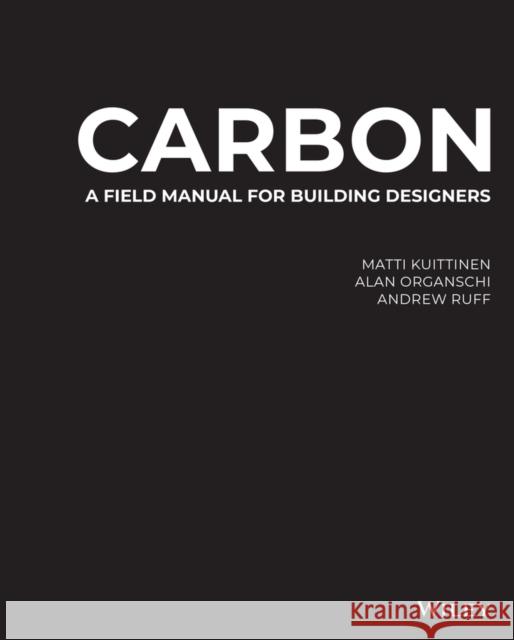Carbon: A Field Manual for Building Designers » książka
topmenu
Carbon: A Field Manual for Building Designers
ISBN-13: 9781119720768 / Angielski / Twarda / 2022 / 272 str.
Kategorie:
Kategorie BISAC:
Wydawca:
John Wiley & Sons Inc
Język:
Angielski
ISBN-13:
9781119720768
Rok wydania:
2022
Ilość stron:
272
Oprawa:
Twarda
Wolumenów:
01
Dodatkowe informacje:
Bibliografia
Glosariusz/słownik
Glosariusz/słownik











